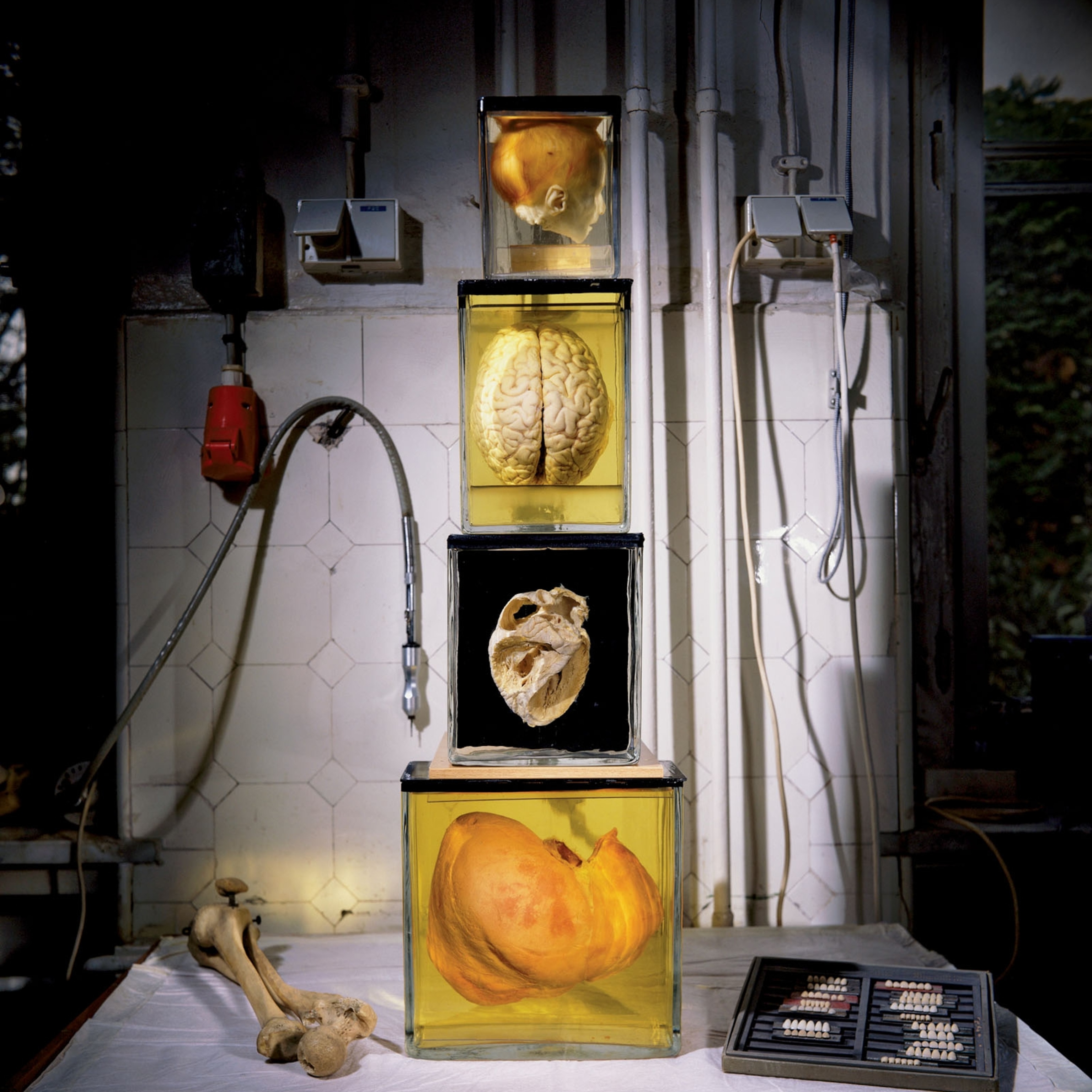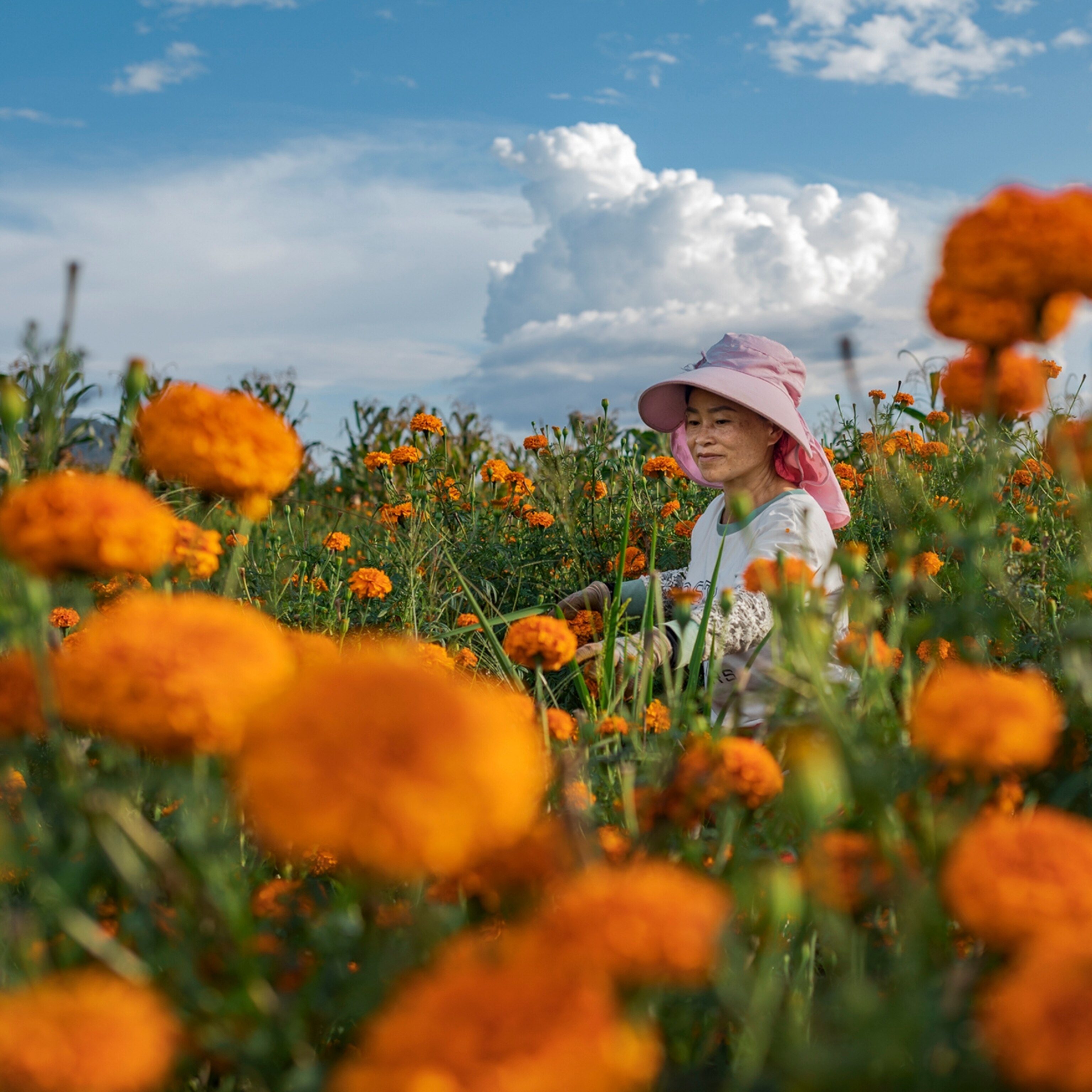
The Zen of Rock Photography
One of the best things about being a photo editor at National Geographic magazine is working with world-class talent. But even better is partnering with the best of the best—the Zen masters of long-form storytelling, the photographers who transcend picture taking, the photographers who are problem solvers—the ones who create surprising visuals for every portion of the story they are producing.
Jim Richardson qualifies as a Master—not just because he has the most jovial laugh of any photographer I’ve worked with, but because he researches and works at every image he creates. He brings 43 years of experience to every frame, and a dogged passion to use the latest and greatest tools and technology to continually grow creatively.
When I knew he was assigned to my first archeology story for the August 2014 issue of the magazine, I knew he’d save my bacon. He is a photo editor’s dream photographer.

KEN GEIGER: What was the toughest thing that you had to overcome shooting this Orkney assignment for the magazine-besides being partnered with a lame photo editor?
JIM RICHARDSON: Well I guess my greatest anxiety, my greatest hurdle, I think, is knowing that there’s this long tradition of archaeology coverage at National Geographic, frankly. That this is well-trod territory, and people have done wonderful things over the years, so there was that bit of dread in my heart of not coming up to snuff in the coverage.
And on this story, on Orkney, you’re talking about a lot of stone circles and other monuments which are basically inanimate, which have been photographed before, which have been seen before, and have been photographed by a lot of good photographers before. So in order to get over that hurdle, to raise the pictures above the fray, it really puts the screws to you.

KEN: So you are telling me that with over 25 stories and half a dozen magazine covers to your credit, you still get nervous about not being able to produce NGM quality images for a story?
JIM: Uh, yes. I always have this feeling that this is the story in which everybody is going to figure out that I don’t really know what I’m doing, and it’s going to be the end of my career. I suppose I should have gotten over that a decade or two ago, but I didn’t. That dread is still with me. And I suppose I think that that dread is in some ways a good thing, because when you know that your pictures are going to appear on the pages alongside the likes of Dave Harvey or William Albert Allard or any other number of luminaries, you know, it really puts a burden on you—that this better be good.
KEN: Can you elaborate on your own creative process, ego and approach to stories?
JIM: It is perilous for photographers to believe too strongly in their own talents. It too often leads to beautiful pictures of worthless ideas. Beautiful pictures are not an end in themselves. I know plenty of photographers who have more talent than me—and I often marvel at their ability to make pictures of the most mundane subjects. But at the end of the day you have to ask yourself—what do the pictures say? How do they serve the story? Do they say something important, or are they just artifacts of the photographic process, the meaningless byproduct of unguided talent?

KEN: Over the years you’ve spent a lot of time photographing Scotland; is there a relationship between your real life in ‘Kansas vs. Scotland’ that helps you create such stunning landscapes?
JIM: Well, we don’t have many lighthouses and islands in Kansas. There is a certain draw to going off to these wild places where the daily schedule is run around the ferryboats and the fishing boats; and the sea air is the replacement for the hot August winds of Kansas. Yes, that’s a great draw. But it’s also that the Orkneys are rural Scotland, which is farming territory. I came from a farming background. I understand the connection with the land and I probably do better in those wild places, country places, than I do in cities. I understand what to look for; it’s a place that’s both ancient and alive. It’s a rich place to work—not just because it has all these standing stones and gorgeous light but because it has, frankly, really nice people. They are helpful people, and people who will get on board with your dream if you want to do some crazy pictures that nobody has tried to do before. It has always been rewarding for me. I’ve been going back to Scotland for 20 years and I have not yet tired of poking around further. There are a bunch of islands I haven’t been to yet, so I’m not done. And I’ll probably be scheming some more ways to go back again.

KEN: Tell me about the Orkneys, those islands are way up there, at the northern tip of Scotland. How did the weather and remoteness of location play into how you approached the photography? What were the problems?
JIM: When is it not going to be raining in Orkney? Is the light ever going to be good—when and if we’ll ever have a great sunset or not over the Ring of Brodgar? Or fog at the Stones of Stenness—as we did for the lead picture in the magazine story? All those kinds of things end up being a myriad of unknowns—that you simply have to respond to. So, the kind of time that we can devote to the unknowns on a story like this is really critical; not only to the kind of understanding that you can bring to the story, but also the kinds of moments that you can get.

KEN: In the six weeks and 35,000 frames that you shot on the Orkney assignment, which photograph are you most proud?
JIM: Oh wow. It would either be that opening spread picture, or the interior of Maes Howe. I think probably the interior of Maes Howe—and that one largely because I haven’t seen anything done like that before, frankly. It was a confined space, so the solution was a stitched panoramic of seven images, each one individually light-painted. And I wouldn’t have been able to do that if my friend and assistant; Jim Turner had been so dogged in making it work. Besides that, he always came up with great suggestions for lighting about the time I was just dead in the water. I mean we only had that one evening in Maes Howe, and if it didn’t happen then it wasn’t ever going to happen.
KEN: Jim I wanted to thank you again for taking this simple archeological story and turning it into a stunning master stroke of images—not to mention producing a cover!
JIM: Hahaha, you’re welcome!
Author’s note: Since I’m writing this, I get the last word. And I know this is going to sound a little too self-serving. But it you ever get the chance to tag along on one of the many workshops taught by Jim Richardson—don’t think twice—just go! He is not only a master of the photographic craft, but one of the warmest human beings you’ll ever meet: Jim Richardson—one of the true ‘Best of the Best’ I’ve had the pleasure of working with!
See more photos from the August 2014 feature story “Before Stonehenge.”
Hear Jim Richardson speak about making meaningful images in an interview on Proof. See more of Richardson’s work on his website and follow him on Instagram.
Follow Ken Geiger on Twitter and Instagram.
You May Also Like
Go Further
Animals
- How can we protect grizzlies from their biggest threat—trains?How can we protect grizzlies from their biggest threat—trains?
- This ‘saber-toothed’ salmon wasn’t quite what we thoughtThis ‘saber-toothed’ salmon wasn’t quite what we thought
- Why this rhino-zebra friendship makes perfect senseWhy this rhino-zebra friendship makes perfect sense
- When did bioluminescence evolve? It’s older than we thought.When did bioluminescence evolve? It’s older than we thought.
- Soy, skim … spider. Are any of these technically milk?Soy, skim … spider. Are any of these technically milk?
Environment
- Are the Great Lakes the key to solving America’s emissions conundrum?Are the Great Lakes the key to solving America’s emissions conundrum?
- The world’s historic sites face climate change. Can Petra lead the way?The world’s historic sites face climate change. Can Petra lead the way?
- This pristine piece of the Amazon shows nature’s resilienceThis pristine piece of the Amazon shows nature’s resilience
- Listen to 30 years of climate change transformed into haunting musicListen to 30 years of climate change transformed into haunting music
History & Culture
- Meet the original members of the tortured poets departmentMeet the original members of the tortured poets department
- Séances at the White House? Why these first ladies turned to the occultSéances at the White House? Why these first ladies turned to the occult
- Gambling is everywhere now. When is that a problem?Gambling is everywhere now. When is that a problem?
- Beauty is pain—at least it was in 17th-century SpainBeauty is pain—at least it was in 17th-century Spain
Science
- Here's how astronomers found one of the rarest phenomenons in spaceHere's how astronomers found one of the rarest phenomenons in space
- Not an extrovert or introvert? There’s a word for that.Not an extrovert or introvert? There’s a word for that.
- NASA has a plan to clean up space junk—but is going green enough?NASA has a plan to clean up space junk—but is going green enough?
- Soy, skim … spider. Are any of these technically milk?Soy, skim … spider. Are any of these technically milk?
Travel
- Could Mexico's Chepe Express be the ultimate slow rail adventure?Could Mexico's Chepe Express be the ultimate slow rail adventure?
- What it's like to hike the Camino del Mayab in MexicoWhat it's like to hike the Camino del Mayab in Mexico







